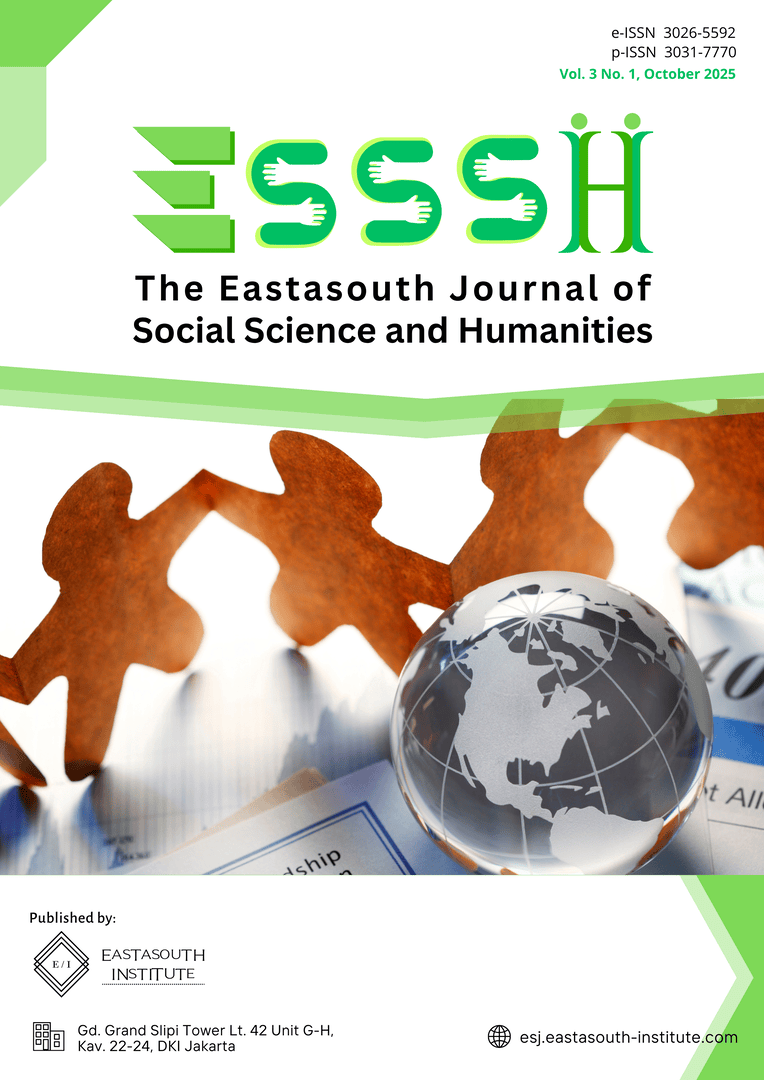Stakeholder Communication Strategy Based on Relational Dialectics PT. Daya Mas Geopatra Pangrango
Main Article Content
Abstract
This research examines the communication strategies implemented by PT DMGP in dealing with community rejection of their geothermal project on Mount Pangrango using a relational dialectic theory approach. The constructivist paradigm is used to understand that PT DMGP builds shared perceptions and understanding through dynamic interactions with stakeholders. This study uses qualitative methods with in-depth interviews with key stakeholders, including company representatives, local government, police, military and community. Analysis of PT DMGP's corporate communications (corcom) shows that their strategy consists of elements of contradiction, movement, totality and praxis which have proven effective in creating constructive dialogue. Contradictory strategy in the form of an information strategy that successfully manages the tension between transparency (openness) and the protection of sensitive information (closedness) by providing information through online portals, periodic reports and open dialogue forums. The strategic movement, in the form of a persuasive strategy, balances predictable information (predictability) and interesting new information (novelty) through regular meetings, thereby increasing community understanding and support for the project. Stakeholder mapping is also used to identify the needs and roles of each stakeholder, so that communication strategies can be adjusted to their expectations. The strategy of totality and praxis, through dialogue strategies, maintains certainty and brings uncertainty closer by involving a neutral third party for mediation, ensuring fair and transparent communication. The research results show that this communication strategy strengthens relationships between companies and communities and creates a solid foundation for the success of geothermal projects
Article Details

This work is licensed under a Creative Commons Attribution-ShareAlike 4.0 International License.
References
R. E. Freeman, Strategic management: A stakeholder approach, 10th ed. London: Pitman Publishing Inc., 1984.
J. E. Grunig, Excellence in Public Relations and Communication Management, 1st Editio. New York, 1992. doi: https://doi.org/10.4324/9780203812303.
L. A. Baxter and B. M. Montgomery, Relating: Dialogues and dialectics. Guilford Press, 1996.
J. Cornelissen, Corporate Communication : A Guide to Theory & Practice, Six. New Delhi: SAGE, 2020.
P. A. Argenti, “Strategic communication in the c-suite,” Int. J. Bus. Commun., vol. 54, no. 2, pp. 146–160, 2017.
J. Grunig and T. Hunt, “Managing public relations,” 1984.
R. K. Mitchell, B. R. Agle, and D. J. Wood, “Toward a theory of stakeholder identification and salience: Defining the principle of who and what really counts,” Acad. Manag. Rev., vol. 22, no. 4, pp. 853–886, 1997.
M. Morsing and M. Schultz, “Corporate social responsibility communication: stakeholder information, response and involvement strategies,” Bus. ethics A Eur. Rev., vol. 15, no. 4, pp. 323–338, 2006.
L. A. Baxter, Voicing relationships: A dialogic perspective. sage, 2011.
R. K. Yin, Case study research and applications, vol. 6. Sage Thousand Oaks, CA, 2018.
J. E. Grunig and T. Hunt, “Managing Public Relations (Holt, Rinehart, Winston, New York),” 1984.
P. A. Argenti, “Corporate communication as a discipline: toward a definition,” Manag. Commun. Q., vol. 10, no. 1, pp. 73–97, 1996.
J. Cornelissen, “Corporate communication: A guide to theory and practice,” 2023.

